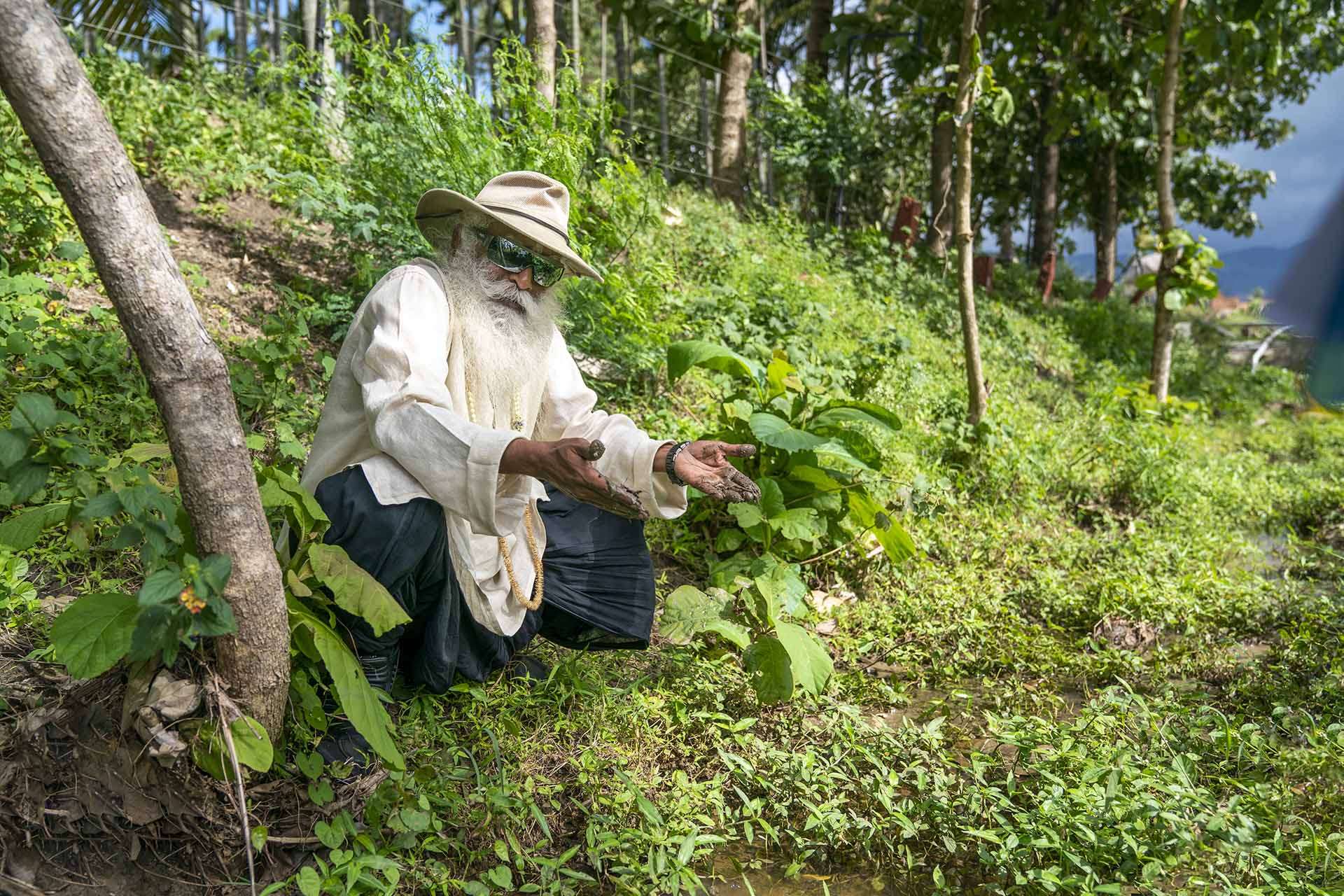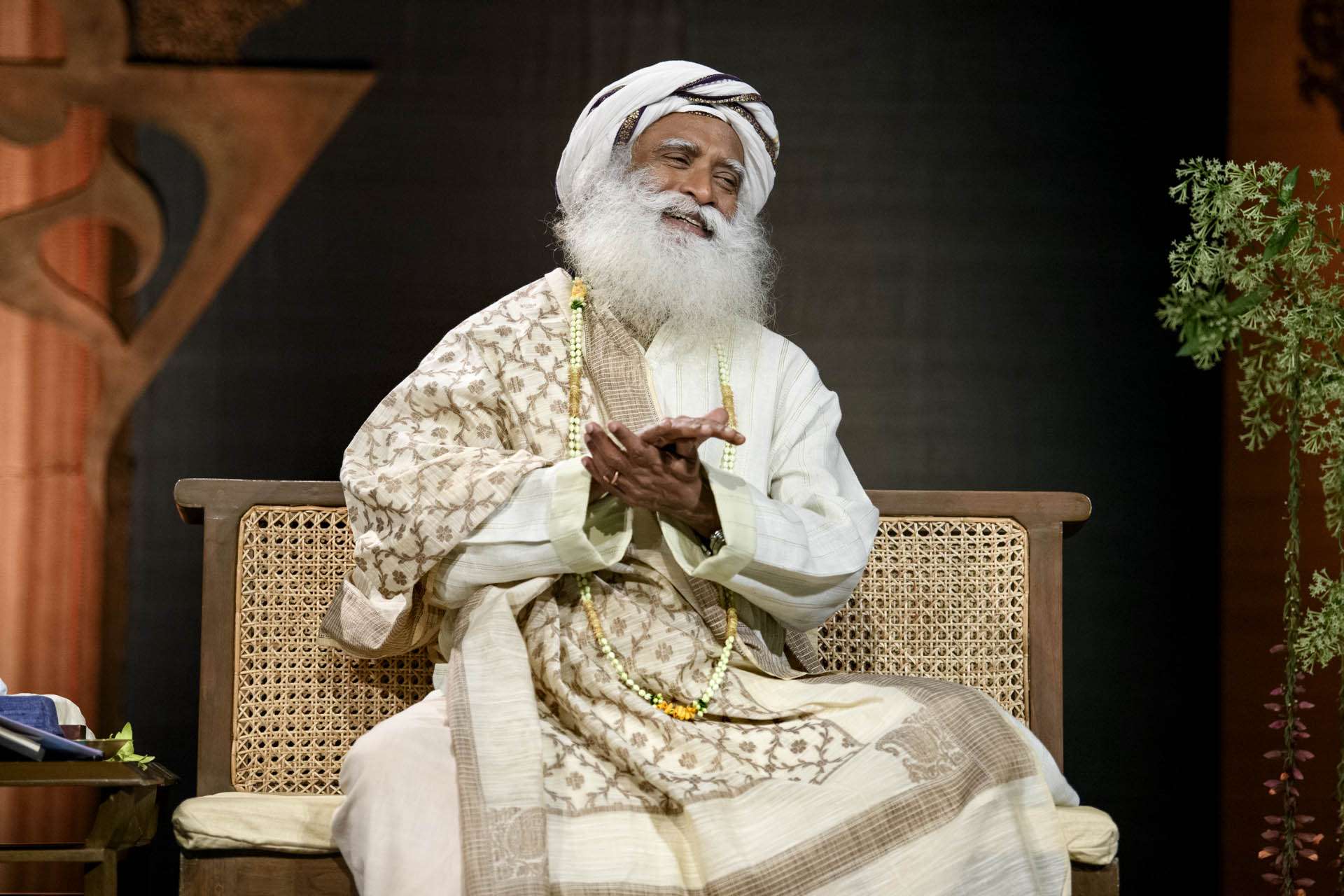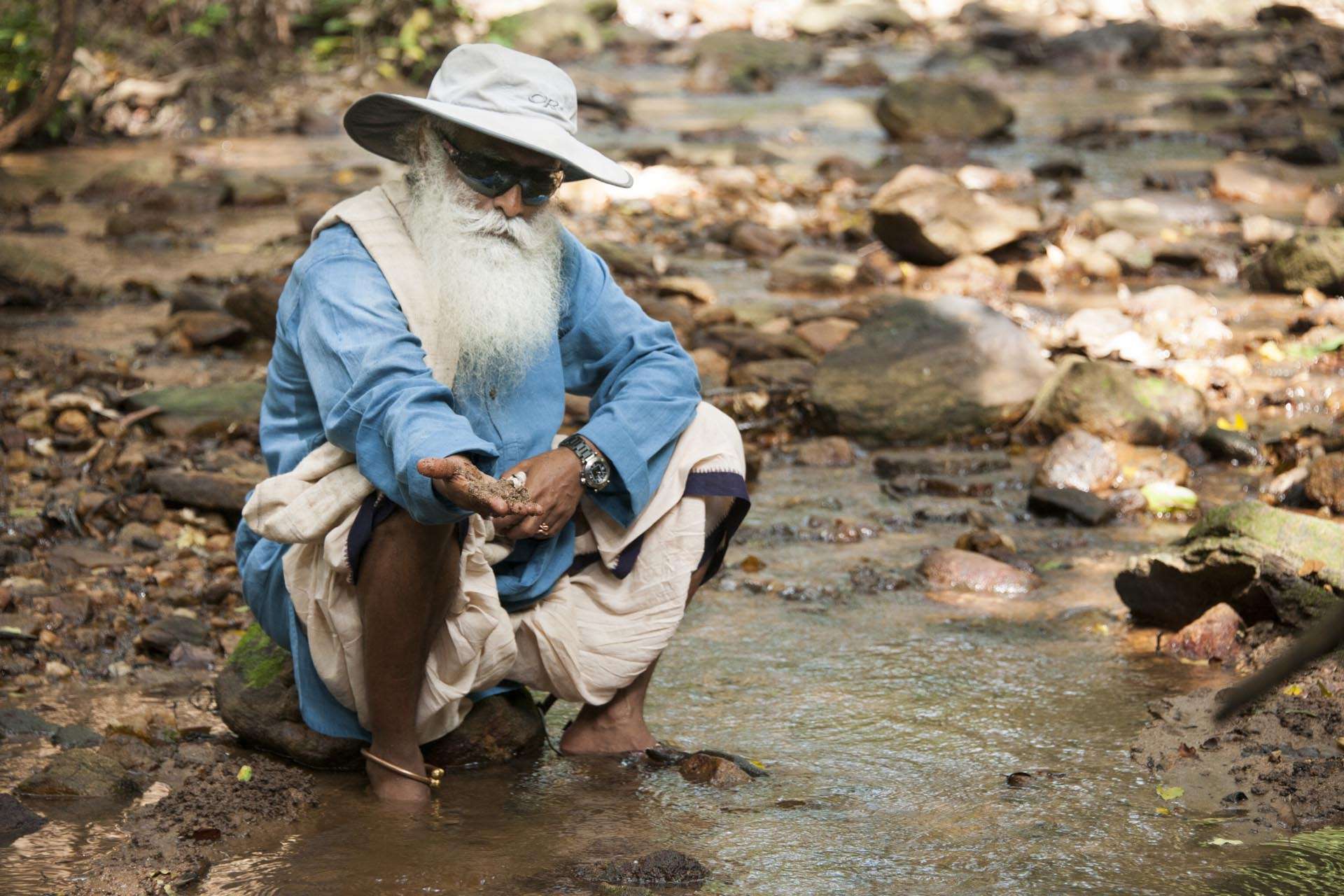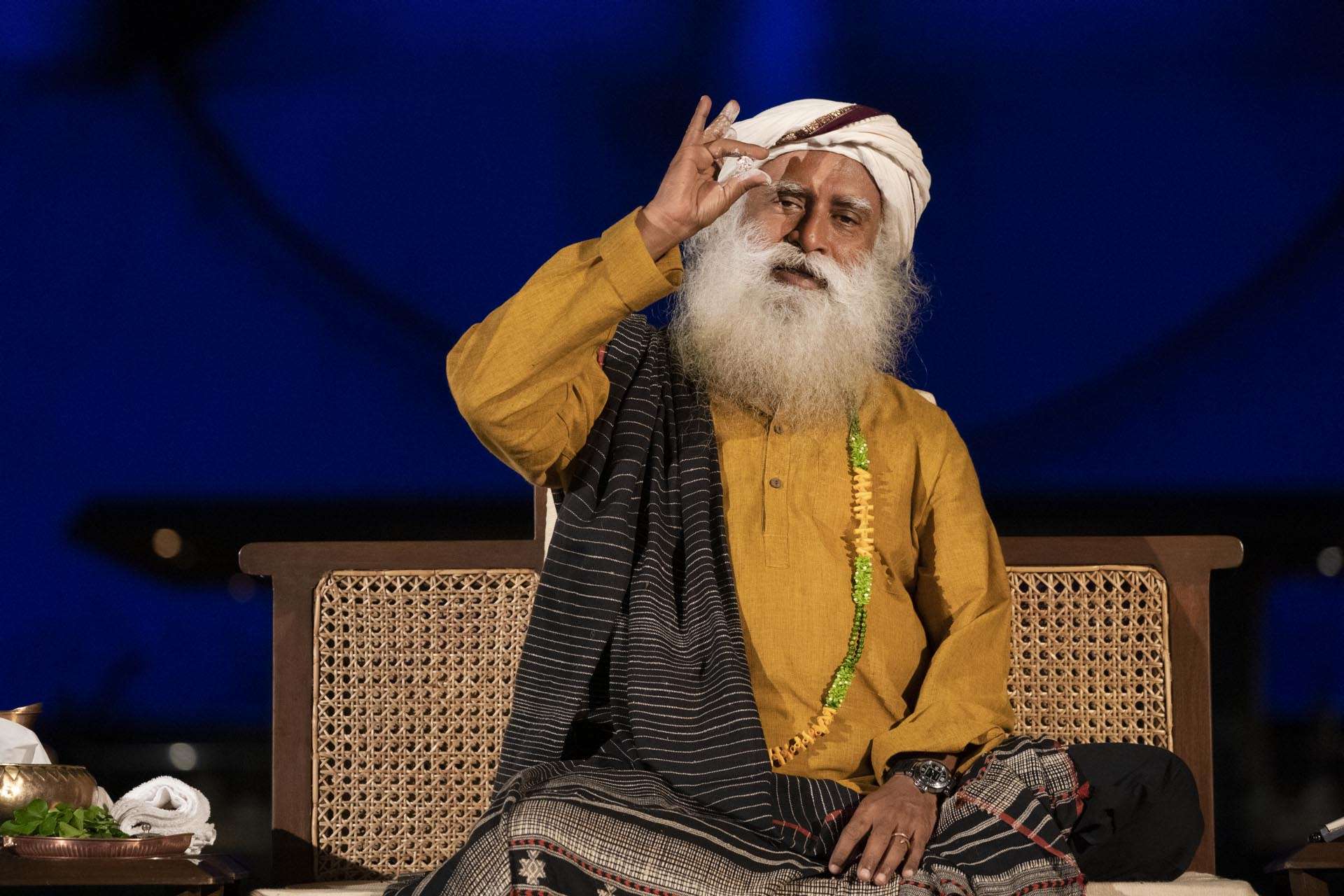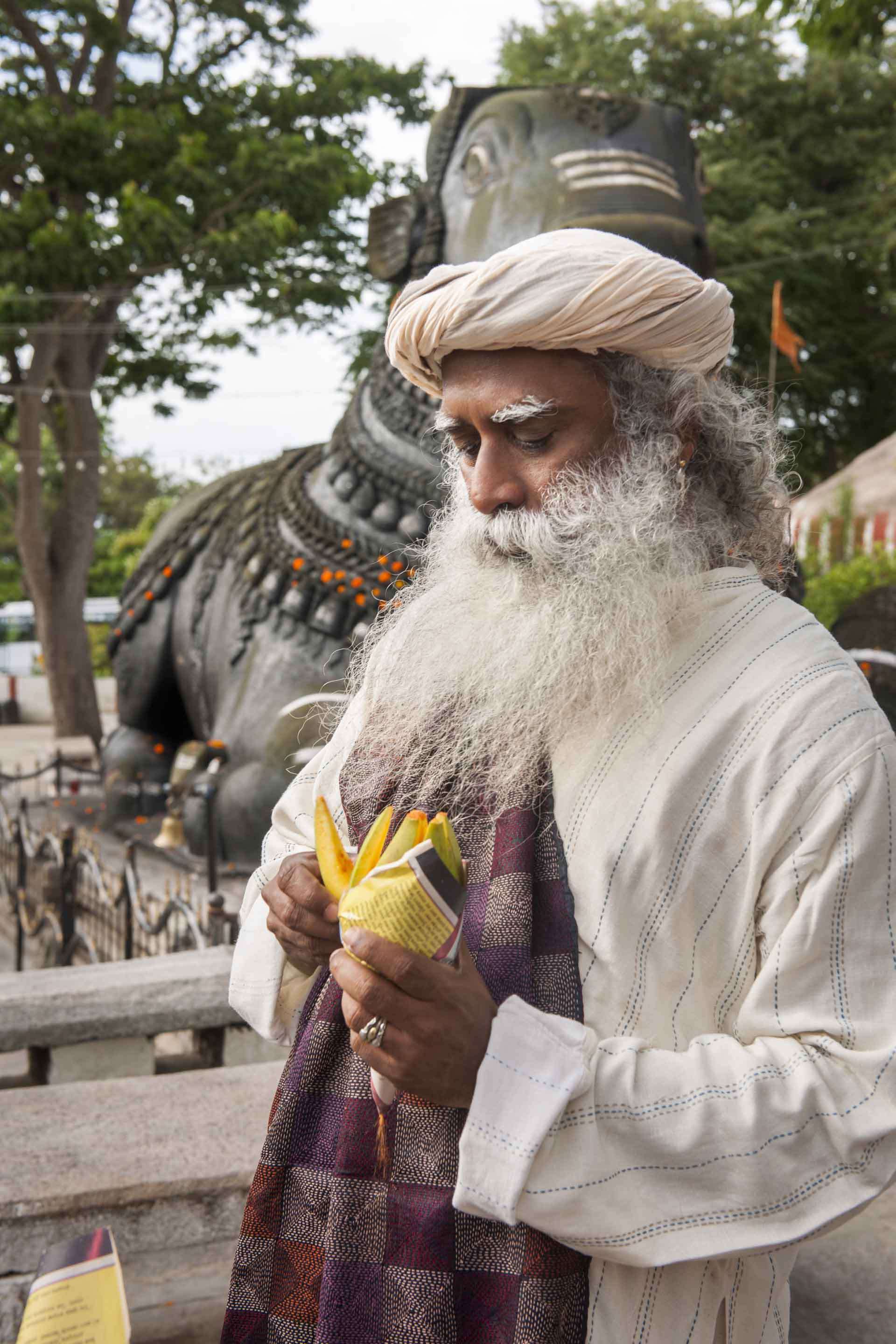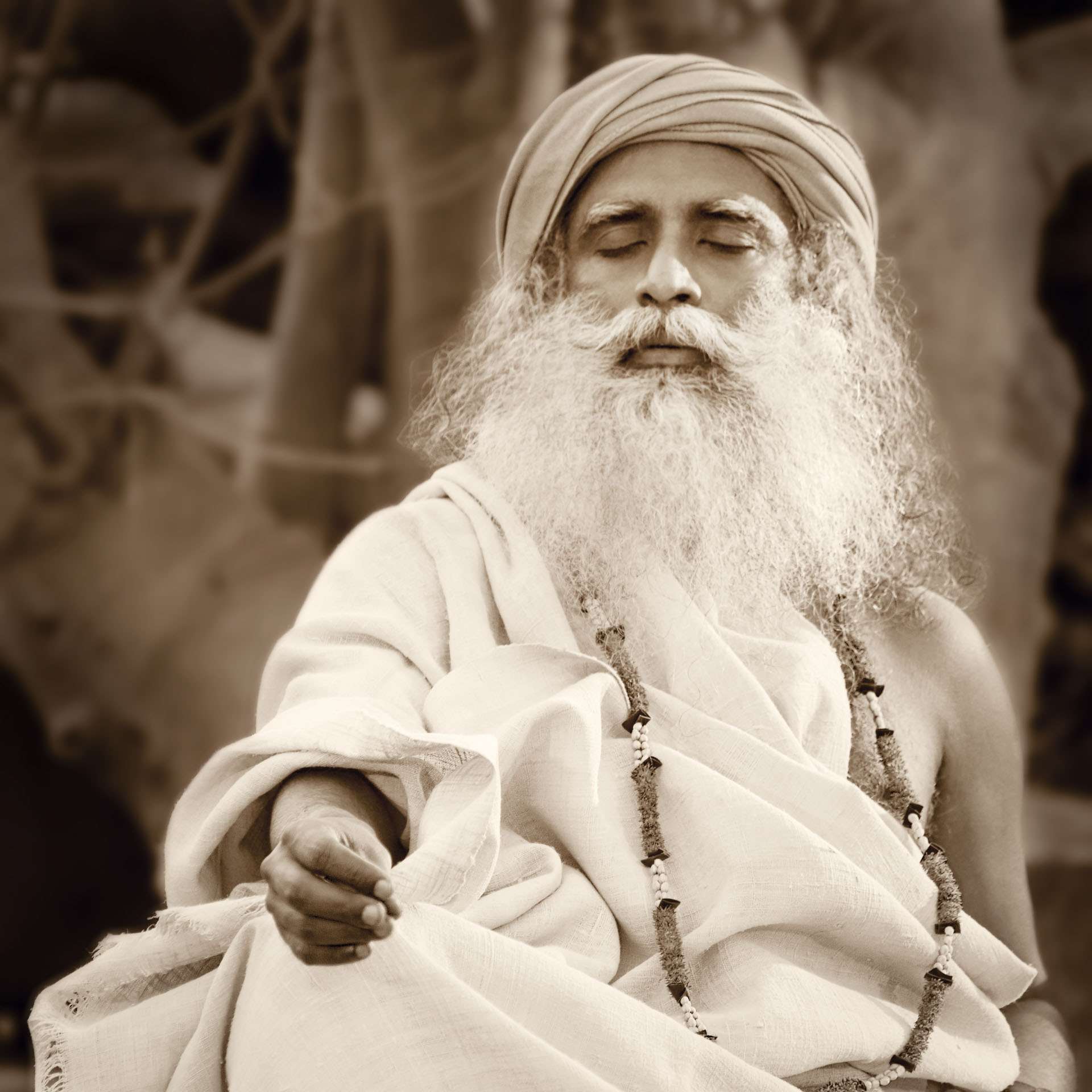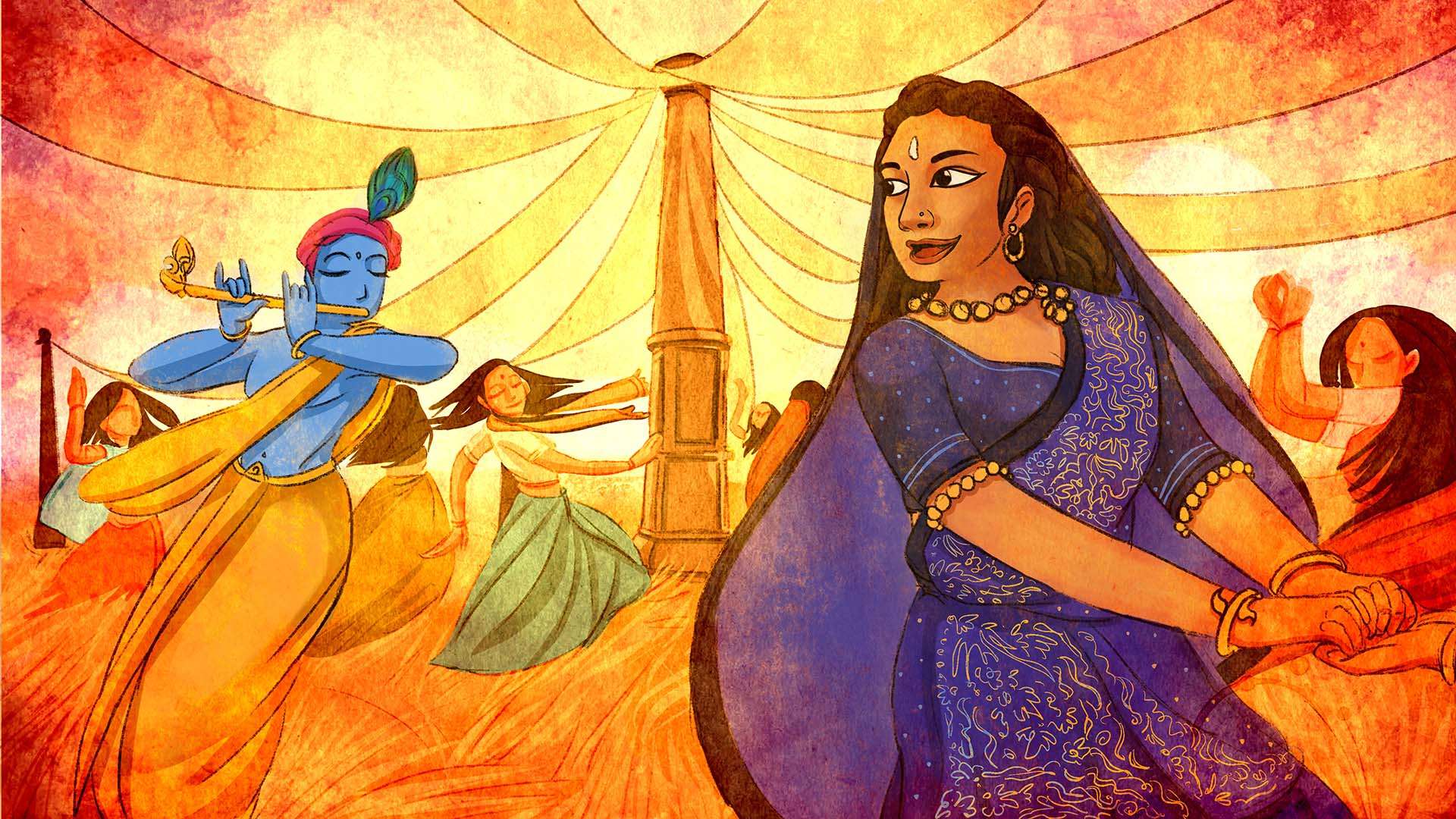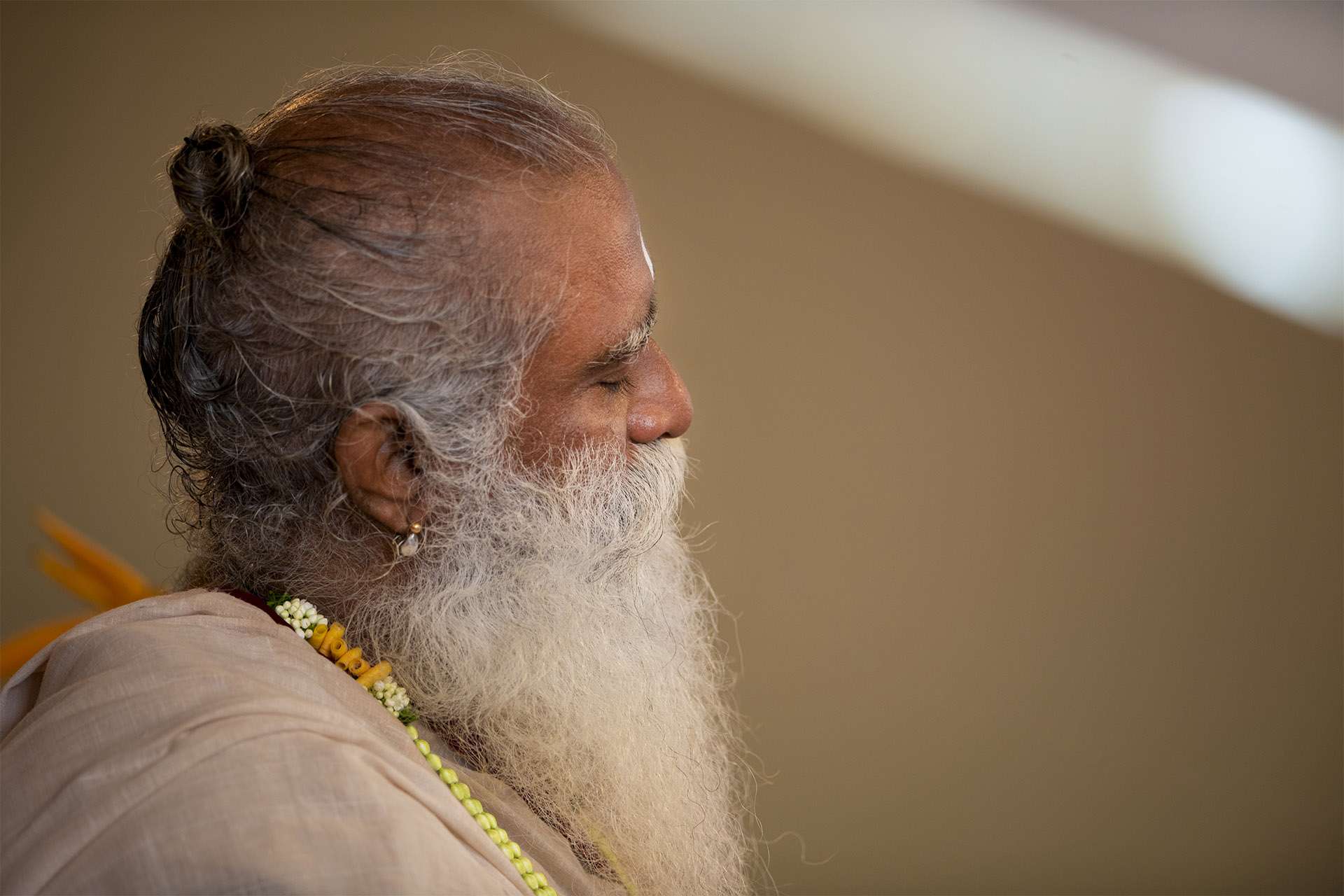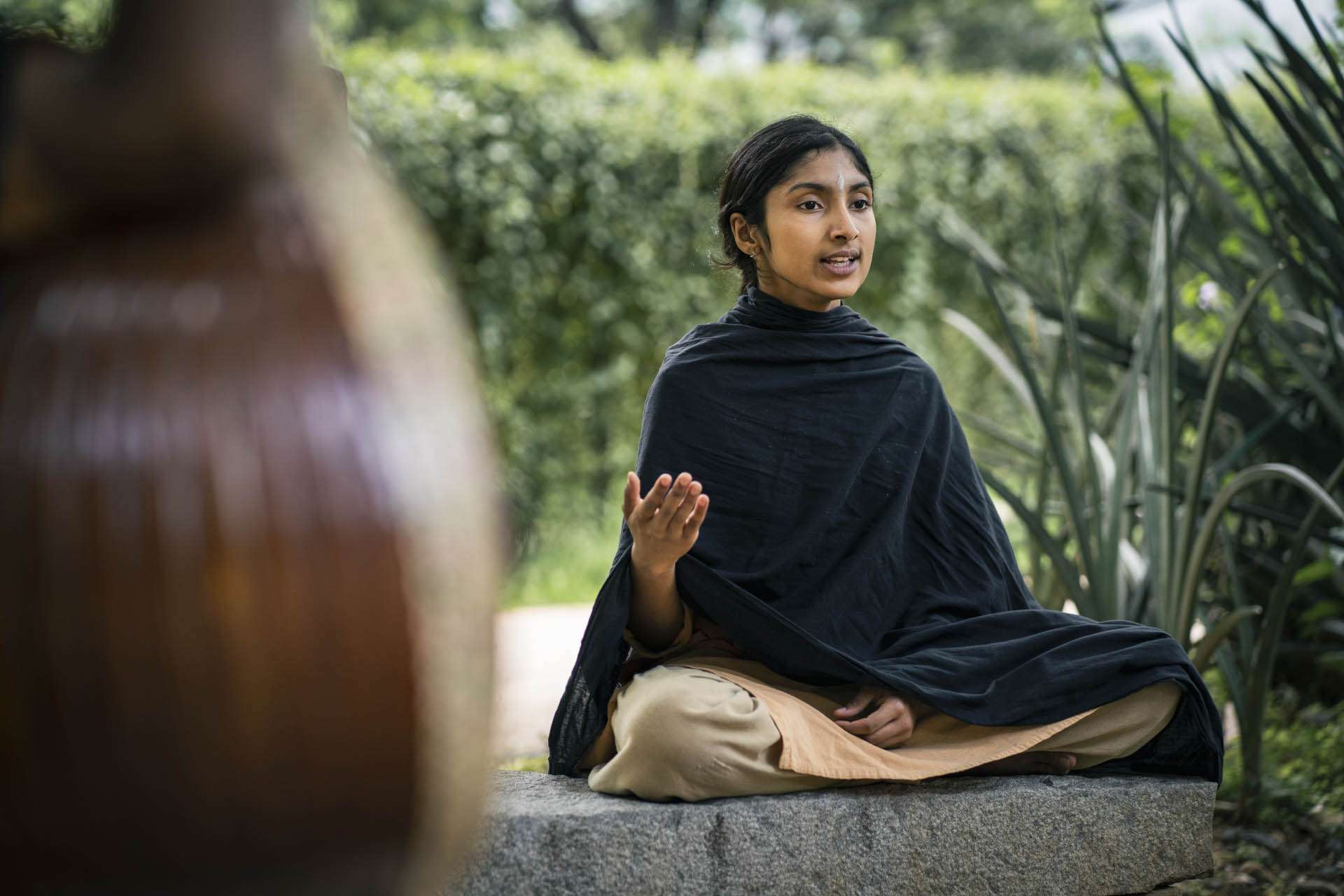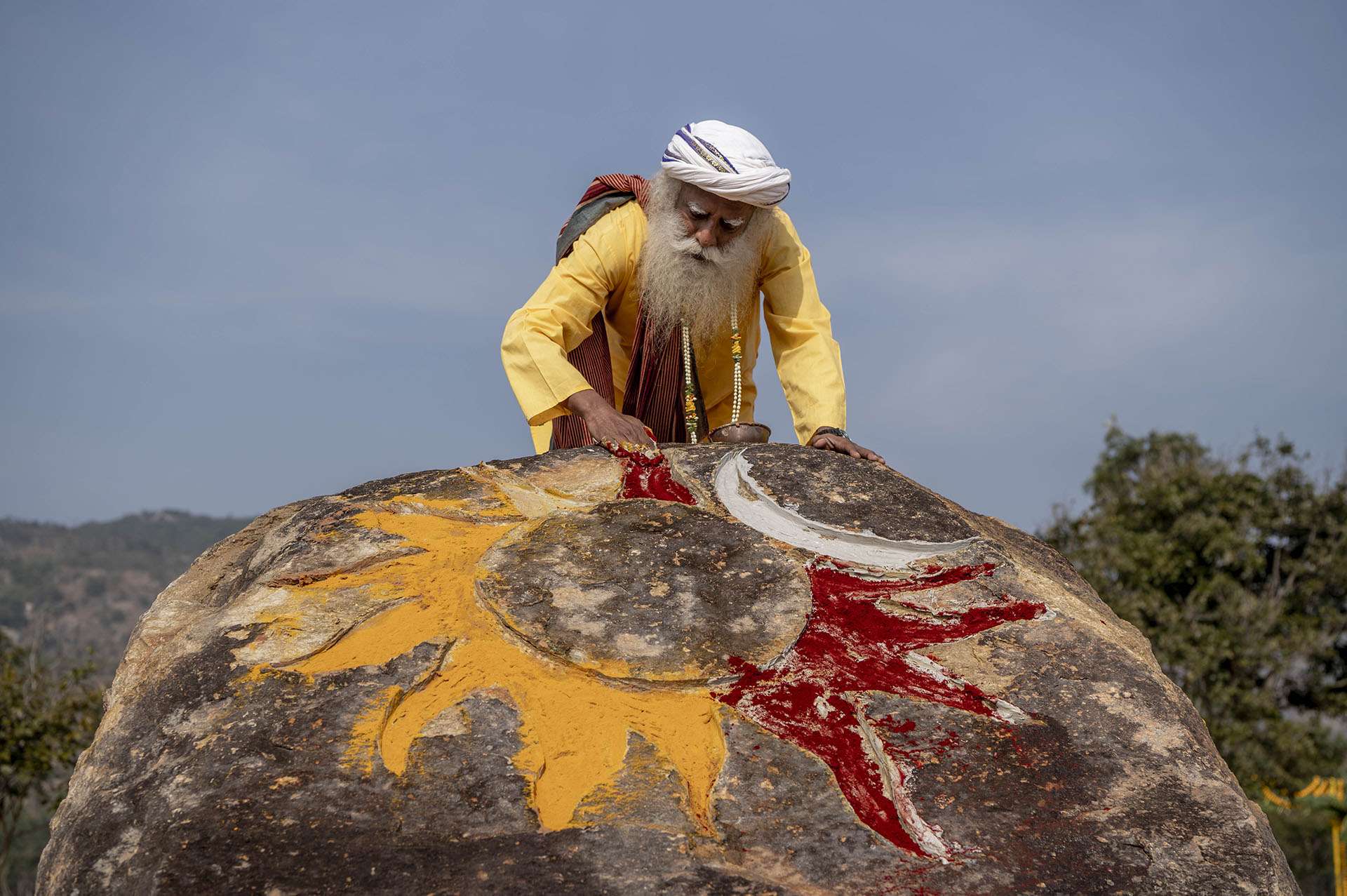Immersed in Music – Anywhere, Anytime
22-year-old Maa Natasha forayed into classical music at a very young age. Her parents, Shekhar and Shanti, both passionate and gifted musicians, regularly perform at Sounds of Isha’s concerts. “The atmosphere at home was always filled with music, so I was naturally inclined to it. It’s not that I was influenced by my parents; it rather came as a natural choice,” shares Maa Natasha.
In 2005, her parents joined Isha Home School as “home parents,” whereas she enrolled as a student, before she moved to Isha Samskriti in 2008. “There was no set structure to the classes. They happened organically, outdoors, often by the stream, under trees, or during occasional camping trips,” she says, fondly reminiscing her days as an Isha Samskriti student. “Once, when we went up the mountains, it started raining heavily. I was worried that the class would be canceled, but our teacher plopped open an umbrella, and we huddled under it and learned music.”
Over the years, Maa Natasha imbibed intricacies of Yoga, Kalaripayattu, Carnatic music, and Bharatanatyam, besides other subjects at Isha Samskriti. She eventually chose Carnatic music as her specialization.
During her training journey, she also received some direct guidance from Sadhguru. To further kindle her fast-sprouting talent, Sadhguru asked her to hone her skills by studying under the tutelage of different musicians outside of Isha Samskriti as well. Maa Natasha has been spending months studying with Carnatic music maestros, from whom she learns new songs and intensifies her systematic practice of music. She had been studying for over 20 years, when an unexcepted new opportunity came her way.



